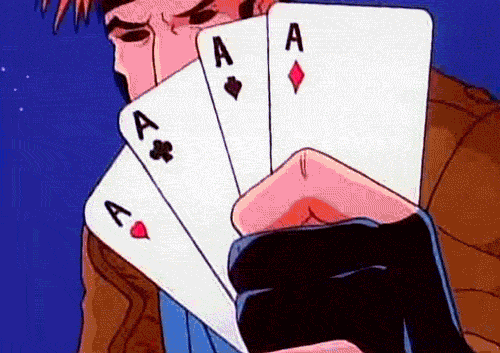MLS Roster Rules: The Thorough Examination of A Discovery Claim
/By Harrison Crow (@harrison_crow)
Two nights ago we burned some midnight oil and recorded our latest podcast talking about changes being made with the release of the new MLS roster rules. Leave it to Bruce Arena to act on these things the very next day.
Ives Galarcep and Goal.com broke down the story and provided most pertinent details as former US youth international and“West Ham” (mostly seeing time on the reserve squad) midfielder, Sebastian Lletget, is “set to sign” with LA Galaxy. Additionally, if the article is correct, the New England Revolution had a discovery claim on him and will receive $50,000 in allocation compensation as a result.
You may be asking yourself “why does this matter?”, and it's a good question. I think it’s important to highlight a few interesting pieces of information as a result of this maneuver we now understand a bit better.
1. Bruce Arena continues to use the mechanisms at his disposal.
First understand there is only one mechanism at play. Lletget, despite being a former member of the US U-23’s, wasn't acknowledged with the allocation roster, making the attacking midfielder free game for discovery lists, which is where this business with New England enters. The Revolution received a $50,000 allocation because they submitted their bingo card discovery list correctly (I can’t imagine what they’d do with another attacking midfielder).
This isn't anywhere close to New York giving up Eric Alexander and Ambroise Oyongo for the rights to Sascha Kljestan and the reclamation project Felipe Martins (seriously, what a freakin’ coup). We don’t’ know what percent of their allocation budget LA gave up for him, but $50,000 in allocation relative to the total budget or salary cap isn't much. When you consider the minimum youth contract is now $60,000 for a roster spot of player 18-25 it further puts things in positive perspective.
Additionally, we now have some sort of idea how these discovery claims will work too. It’s not as if we didn't have an idea of how this worked before, but it brings more transparency to the process and how it might continue to work in the future relative to these types of situations.
The questions continually ringing in my head are as follows; does this mean LA Galaxy could only sign him because he was on their discovery list? Did they have had to submit a discovery claim on him before signing him? Lastly, if LA used a discovery claim on him does mean they only have six left or do they now gain back a spot Lletget once occupied on their claim list?
These are mostly all questions which are not helpful and ones having little real bearing in the long run. We have no idea of how to answer any of them and we’ll probably never really get straight answers on it but there are interesting thoughts that, if patient, we may see indications in the future.
2. New England randomly gains an additional $50,000 in allocation
As I already mentioned, New England gets paid for pretty much just putting the right guy on the list. Unless they think this off-season they’re going to get reasonable bid offers for Kelyn Rowe or they aren't willing to reward Lee Nguyen with a designated player contract (yep, I believe it’s going to be a thing), then Lletget probably wasn’t going to be of any use to them. They also still have Steve Neumann (picked fourth overall in 2014 MLS Superdraft) who has largely been an afterthought during his short MLS tenure and could also potentially fit into an attacking midfield role.
LA got a good deal, dispensing little in compensation compared to what other teams have surrendered in the past. This wasn't completely one sided as New England also benefited on the fact it had little immediate use for the attacking midfielder and have time to replace him on their discovery lists while earning a bit of monopoly money in the process.
3. There are still US players on the market not listed in the allocation roster.
During the podcast we referenced the subjective nature involved in identifying those on the allocation roster and those who were not mentioned. Three that did not make the list are Alfredo Morales, Will Packwood and Zarek Valentine.
Morales still with FC Ingolstadt 04 in German Division II soccer and could be an interesting snag for a few different MLS teams that need a boast to their central midfield or depth out wide.
Packwood is currently training with New England and could sign soon. The $50,000 discovery claim allocation payment for Lletget should come close to covering the majority of his salary which just makes things seem that much better for New England.
Valentin is an interesting one as he left MLS at the end of his Generation Adidas contract for Norway, but since joining FK Bodø/Glimt it would seem that he’s been challenged for time on the pitch. Mind you I don’t know a lot about what’s going on in Norway and some of that might be due to injuries but he could be sly candidate for a return to MLS.












